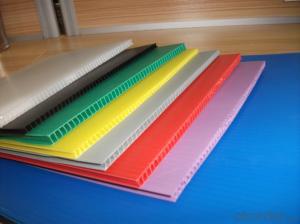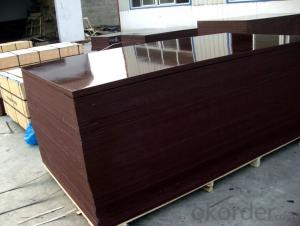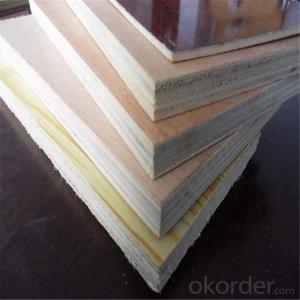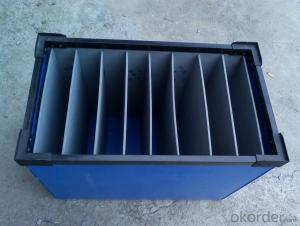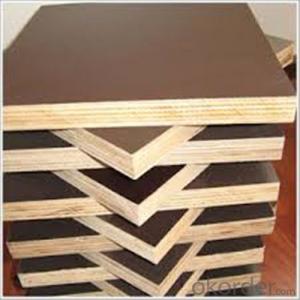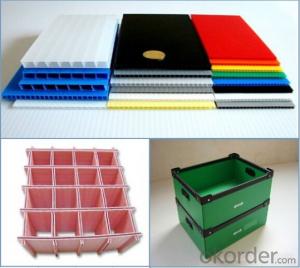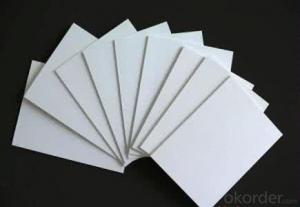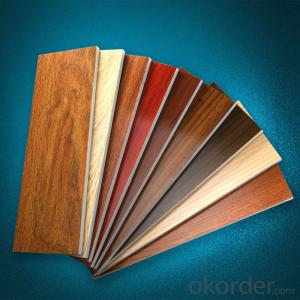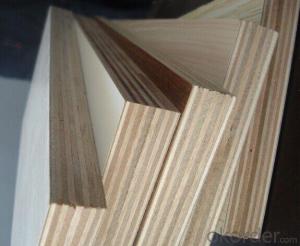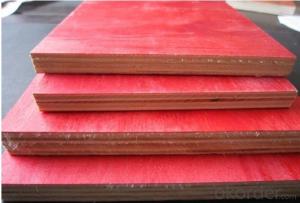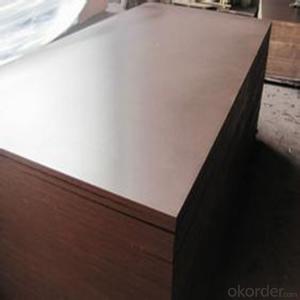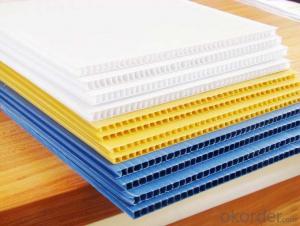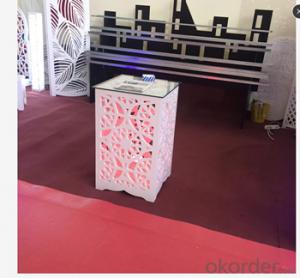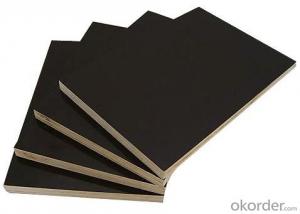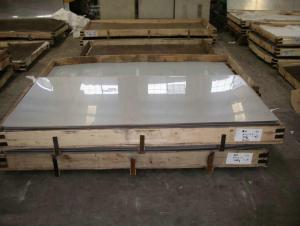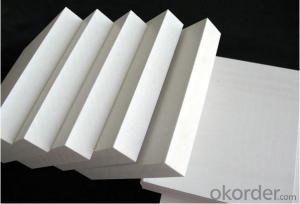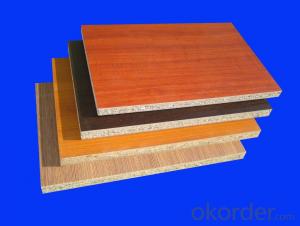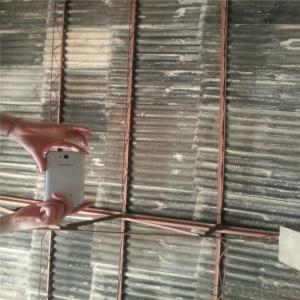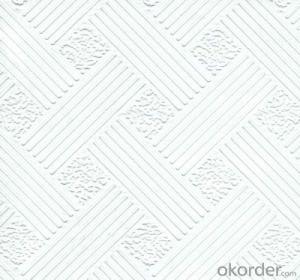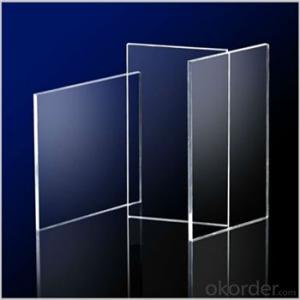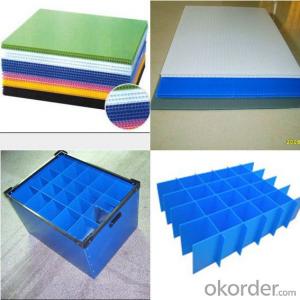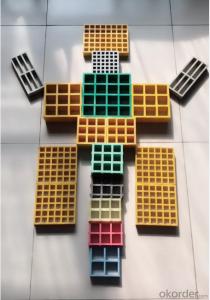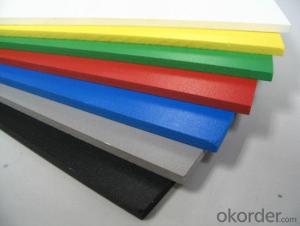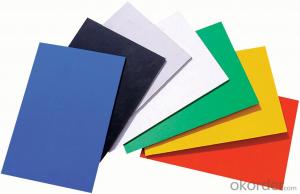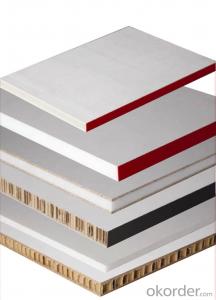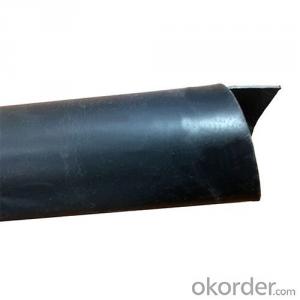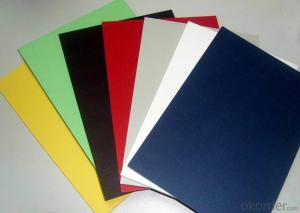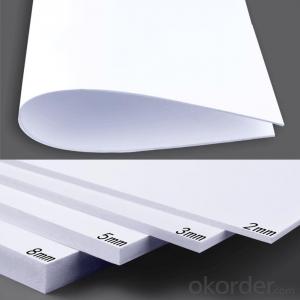Polypropylene Sheets 4X8
Polypropylene Sheets 4X8 Related Searches
Plastic Sheets 4X8 Hard Plastic Sheets 4X8 Clear Plastic Sheets 4X8 Plexiglass Sheets 4X8 4 By 8 Plastic Sheets Stainless Steel Sheets 4x8 4X8 Tin Sheets 4X8 Metal Sheets 4X8 Styrofoam Sheets Sheet Metal Sheets 4X8 Stainless Steel 4x8 Sheets 4 X 8 Tin Sheets 4x8 Stainless Steel Sheet Stainless Steel 4x8 Sheet 4X8 Sheet Aluminum 4 X 8 Styrofoam Sheets 8 X 4 6Mm Plywood Sheets 4X10 Plywood Sheets 4x8 Sheet Of Stainless Steel 3Mm Plywood Sheets 8X4 4X12 Plywood Sheets Sheet Metal 4X8 6 X 8 Plywood Sheet Galvanized Steel Sheet 4x8 Diamond Plate Aluminum Sheets 4X8 6 X 4 Plywood Sheets Galvanized Sheet Metal 4X8 4 X 8 Sheet Of Stainless Steel 4X8 Galvanized Sheet Metal Aluminum Tread Plate Sheet 4x8Polypropylene Sheets 4X8 Supplier & Manufacturer from China
Polypropylene Sheets 4X8 are versatile plastic sheets made from polypropylene, a thermoplastic polymer known for its durability, chemical resistance, and ability to withstand high temperatures. These sheets are commonly used in various industries due to their lightweight and cost-effective nature, making them an ideal choice for a wide range of applications.The usage of Polypropylene Sheets 4X8 spans across numerous sectors, including construction, food processing, and manufacturing. They are often employed as protective barriers, chemical-resistant surfaces, and in the creation of containers and storage solutions. Their non-toxic and food-safe properties make them suitable for use in environments where hygiene is paramount, such as in food processing facilities. Additionally, their resistance to moisture and corrosion makes them a popular choice for construction and industrial applications where durability and longevity are essential.
Okorder.com is a leading wholesale supplier of Polypropylene Sheets 4X8, boasting a vast inventory that caters to the diverse needs of clients across different industries. With a commitment to providing high-quality products at competitive prices, Okorder.com ensures that customers have access to reliable and efficient solutions for their specific requirements.
Hot Products
